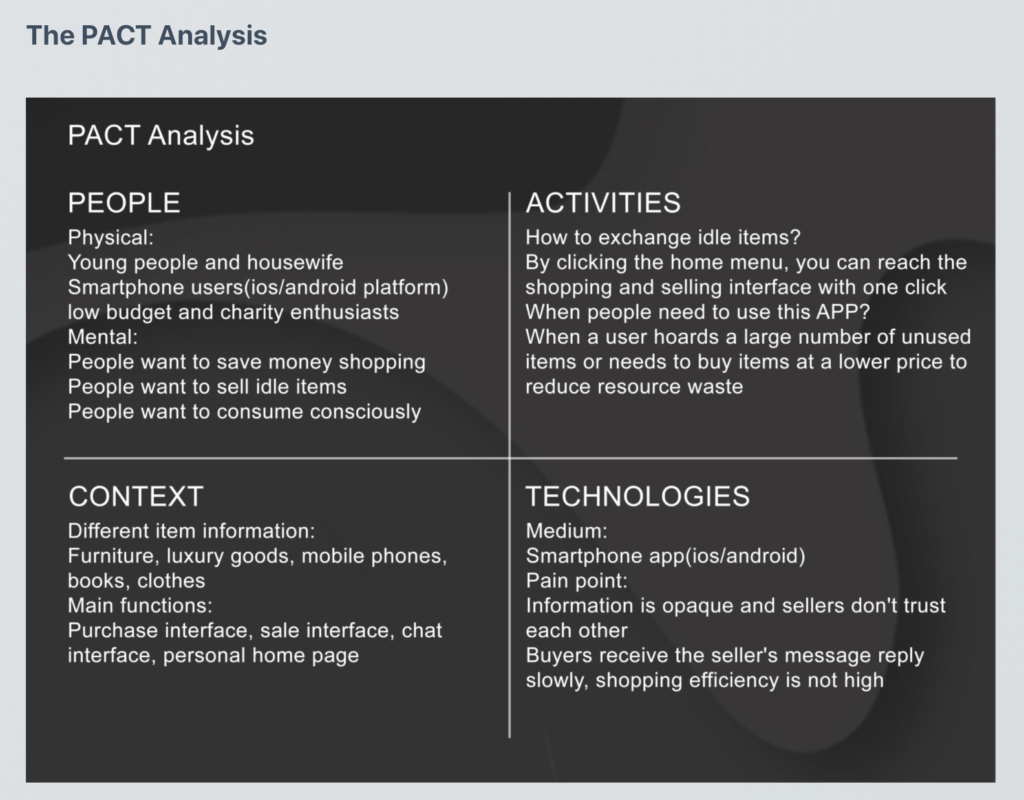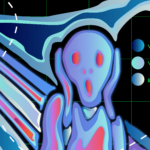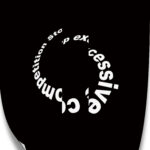D: Describe objectively what happened
In the first module, we completed four projects and ten blog tasks. These tasks are around the user experience design, and user service design as the core to carry out around.
The 5C model is mentioned in every project, where 5C means create, collect, comprehend, conceptualise and collaborate. This theoretical model can help us to clear our minds and carry out work projects more easily.

Among them, when I attend the WSA courses for the first time, I have come into contact with the first project is to draw a map representing I came to the wsa, the purpose of this project is a start of project, a project is not so much study, as a warm-up, intended to show ego and gradually accepted the process of research and habits.
The second project, Everyday People, is my first application for 5C. The goal of this project is to survey the users and find their needs and pain points. This is to be able to understand the user, and in the future service for the user to provide strong evidence. Putting users in the first stage, designers empathize with guests — especially when it comes to understanding why users are participating in the experience, considering what barriers might prevent them from having a complete or satisfying experience and other factors. (Marco, 2017) This project requires us to conduct field research and make a user model. The topic of my research project is the choice of transportation for Nanjing citizens. There are five steps in the process of this project. 1. Questionnaire survey and interview for interviewees. 2. Collect, compare and analyze data. 3. Create user portraits. 4. Draw an empathy map. 5. Draw the user flow chart. In the stage of user survey, I once conducted a field survey on the local environment and users’ living habits, and classified people of different ages and occupations. When drawing the user journey map, I collated and analyzed the user portrait and empathic map, and finally completed my user research project. These all use 5C. The concept of 5C is always around this project and interspersed in it.
In the next few projects, I got a clearer understanding of 5C. 5C can better help us to think and explore the development process of things and users’ pain points. Jordan proposed from the perspective of hedonism that the happiness brought by good logic and rules is the sum total of social happiness, conscious happiness, physiological happiness and psychological happiness. (Jordan 2000) In the third project, we were asked to create a weather app for outdoor travelers. One of the most impressive is the PACT model. The PACT model is human-centered and presents people, activities, situations, and technologies. These four concepts are a very comprehensive and useful framework for discussing people, objects, and technology. In the third project, I created a smartphone app for cyclists. In addition to completing the application, I have to consider more details and necessary elements. For example, I have to think about the user audience, who are mostly outside when they use the app, and they use it with one hand. The ease of use of the application is also an issue I have to consider. Most importantly, I have to think about how long the user will use it, visually I have to think about the colors they like, the style of the icon they like, etc. In addition to the main weather feature, I had to consider my additional features. In a word, a smartphone application that integrates the main functions and derivative functions is comprehensive and attractive.

After determining all the pages that need to be made, I need to draw wireframes and low fidelity prototypes. The wireframes and low fidelity models can show the flow of the user experience and the steps to use them. With wireframes and low fidelity prototypes, I gave up some of my original ideas. This gives me the opportunity to modify and reset. The use of paper molds will make my presentation more intuitive and allow for more efficient later revision.
The final project of this module, Conscience, is the most complete and comprehensive application of all of this module’s knowledge. This is a public welfare APP design about conscious consumption. The project was carried out in the context of the CC design competition to study conscious consumption. The project required us to design a smartphone application with the theme of conscious consumption. There are three main themes under the award, namely equality, conscious consumption and climate crisis. When I chose conscious consumption, I once conducted a survey and market research on users. I found that consumption is inseparable to people, and people’s awareness of environmental protection and moderation is insufficient. Conscious consumption is an interesting topic with realistic significance. After determining my theme, I began to step into the research steps, which were divided into user research and market research. In the market research, I studied people’s consumption habits and people’s consumption and recycling preferences. In the stage of user research, through the online interview of several research objects, I drew two user portraits, and reached the conclusion that the user group was mainly young people and housewives. Of course, the PACT study is still important and cannot be ignored. After identifying the user base and market preferences, I started to draw the low-fidelity wireframes. Unlike before, my low fidelity wireframes were drawn using software rather than paper models. The beauty of the software is that it can be modified at any time and can be demonstrated online. After determining the low fidelity prototype, the next step is to determine the design specification of the high fidelity prototype. In this step, I determine the font, size, color, typography, and so on. This provides a standardized design specification for high-fidelity prototypes. After the wireframes and design specifications are completed, the visuals are embellished by hi-fi. High fidelity is all about motion and page switching and rendering the final look.
I: Interpret the events
The most important thing I gained in this module is to understand the design process and design ideas of interaction design. This design process and design ideas will give me a lot of help in my future work. Among them, the most important thing is the research process, which can be divided into preliminary research and post-stage research. In my opinion, preliminary research is a process of information collection, such as questionnaire survey and street interview. Its purpose is to collect extensive resources and expand research samples, so as to make the subsequent data research more accurate and convincing. The later research includes the collation and analysis of the collected data, and drawing user portraits, empathic maps or user flow charts according to the collated data. In order to understand what the user really needs, what the user wants, we can give the user more solutions or more possibilities. Therefore, I think it is necessary to conduct research at the beginning of each project. In this step, I can understand the thoughts of users and really think about problems from the perspective of users.
I have to mention that in this module, what I have learned in the PAS project every Friday is also useful. In PAS, we mainly study the author’s psychology and living environment, as well as the social background. This is completely opposite to our usual project research, in the usual project, we mainly consider from the user’s point of view. In the PAS program. We need to think about the source of the work from the point of view of the author or artist, and I think the PAS and the main project complement each other. PAS can provide a new way to solve problems from another Angle.
E: Evaluate the effectiveness and usefulness of the experience
In this module, I have mainly completed four projects, which are not only simple four independent projects, but also a great thinking journey. Different from the projects I have worked on before, all the projects in this module do not take visual effects as the first element, but take user experience as the core. For the purpose of solving user problems. It’s too crude to just look at the visual effects of a good project in a project.
Before, I also thought that the final effect presentation might be the most intuitive and important, thus ignoring some research processes. But in fact, the research process is the root and source of the project. The weekly blog post reading assignments, some of which talk about empathy and so on, have also helped me a lot in my design process. For example, my weather app, because of the use of empathy, stand in the perspective of the user to consider the problem, so we have to make a one-handed operation of the app.
P: Plan how this information will be useful to you
This module mainly introduces interaction design, user experience design and other basic application models and application methods. Its essence is to better serve users and improve their experience. Therefore, the design thinking of this module is very important, that is, people-oriented. This concept will be implemented in my future courses and work. In the work to achieve people- oriented, stand in each other’s point of view to think about problems and solve problems. In the future, I may be an interaction designer to solve some problems for the user, and focus will shift from the works to for the attention of human being itself, and strengthen with the actual environment and other factors to consider, this is my transition from traditional graphic designer for the user experience designers are the most important step.
Marco, M., 2017. User Experience Design. [ebook] Rowman & Littlefield, p.3. Available at: <https://rowman.com/ISBN/9781442278950 <https://rowman.com/ISBN/9781442278950> [Accessed 16 May 2021].
Jordan, P., 2000, Designing Pleasurable Products,p12(Taylor & Francis: London).





